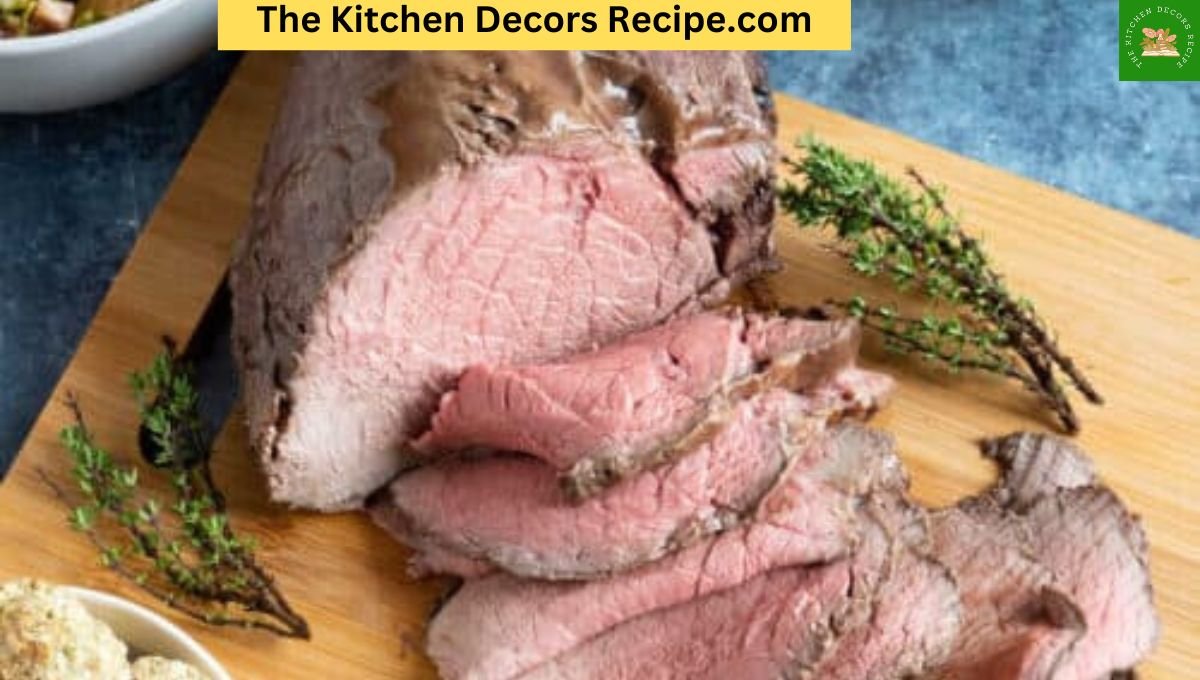What happens if you don’t sear meat before slow cooking : You had a stressful, long day at work. You probably don’t want to cook. That’s why slow cookers are so popular. They make cooking dinners easier. You can add the ingredients to the slow cooker and leave it to cook while you are at work. The dial will be set to either low or high, depending on the recipe. Cover the pot with a lid and come home to delicious dinners such as sesame or mac and cheese.
Slow cookers are popular for soups, stews and vegetables. Meats that are more economical and tougher are also very popular. HowStuffWorks says that the condensation in a slow cooker helps to self-baste meaty fibers. It is especially useful for chuck roasts, pork shoulders, and short-ribs that tend to become tender and silky when cooked at low temperatures, according to Food Network.
- If you loved my Slow Cooker Roast Beef, you may like these popular beef recipes:
- How do you keep beef from getting tough in a slow cooker
- Why did my piece of beef harden on crock pot
- How do you thicken beef gravy in a slow cooker
It’s tempting, but it pays to sear the meat before putting it in the slow cooker. It’s well worth it.
Supercharged flavors + moisture
Although it is not necessary to brown meat before adding to a slow cooker, Cuisine at Home says that it will improve the color, texture, and flavor of the meat. Taste of Home notes that by searing the meat, juices are kept inside. This helps make meat more tender and moist. If you like fat, then you can add the fatty liquids that come from searing the meat to the slow cooker. Or, as Slow Cooker Central says, you can remove the excess liquid. This will reduce the amount of fat in the final dish.
Why does searing meat give it a unique taste and appearance? You can thank the Maillard Reaction. Science Direct explains this non-enzymatic browing is caused by heat, sugars and proteins reacting with each other. This reaction creates a variety of flavors, beautiful colors, and enhances the appearance of baked biscuits. No matter what type of meat you use, make sure to sear both sides to get the best slow cooker meal.
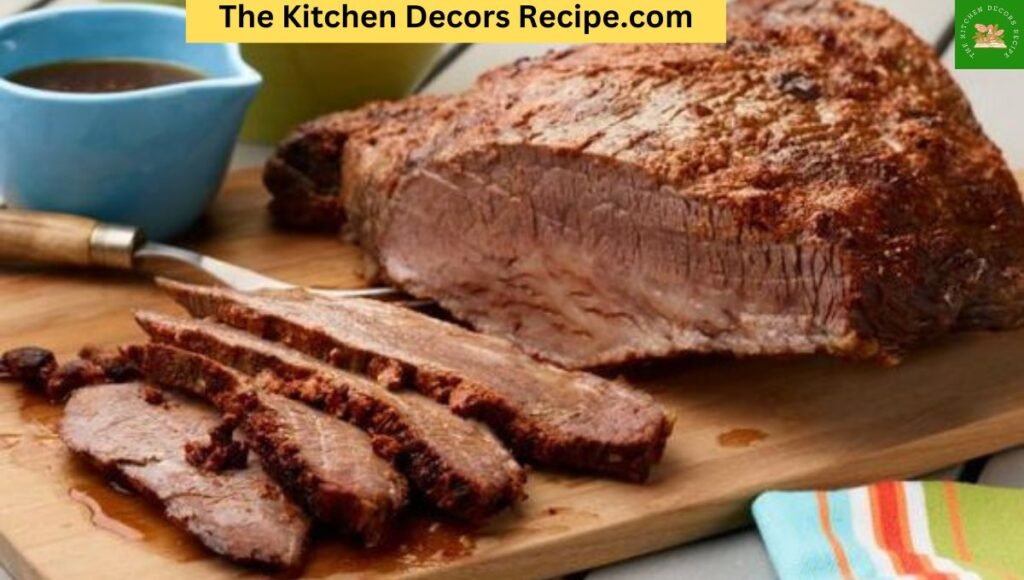
Steak: 13 Mistakes to Avoid
We understand if you are a meathead and have a major beef about paying the prices of upscale steakhouses. We’ve got the solution for you! You can cook your steaks at home.
Look, we get it. Even though it is possible to cook a perfect steak at home, one that is charred and tender on the outside but juicy and tender on the inside, it can be intimidating, especially when you consider the price of a truly excellent prime steak. There’s not much room for error! Who hasn’t been dismayed when their steak was dry and grey inside after they took it out of the pan?
You can now say goodbye to boring steaks at home. There are many tips that can help you make steaks great in your own home. They all start with common mistakes. Friends, look no further: Here are some of the most common steak-cooking mistakes and how to correct them.
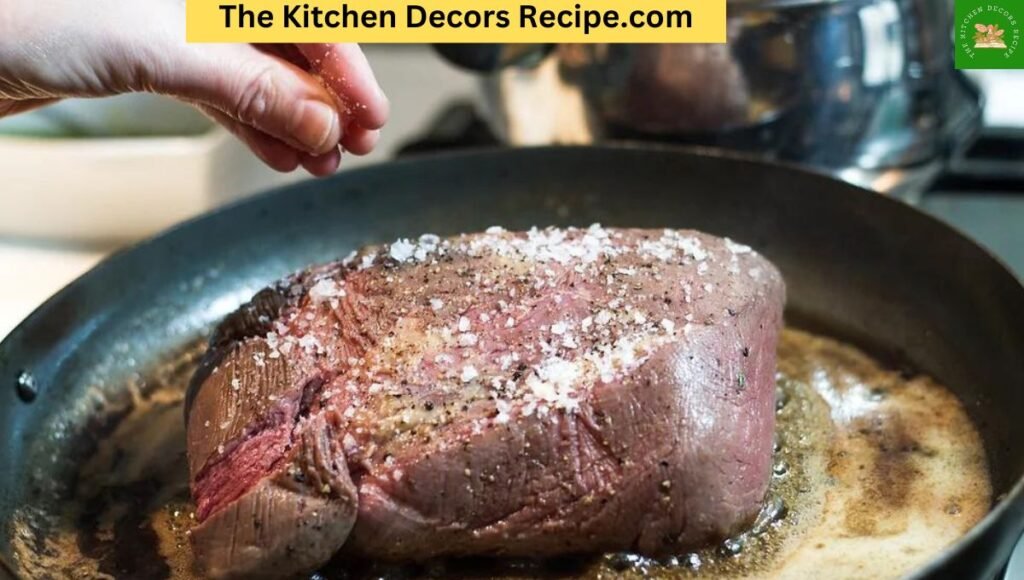
1. All steaks are not the same
The first mistake is to assume that it is easy to pick up a steak! The different categories of steaks each have their own unique characteristics.
First, you need to know what cut of meat or muscle you are cooking. Filet mignons, which have less fat and are more tender, will not tolerate overcooking as well as ribeyes or New York strips, which have a richer flavor. Some cuts, such as flank steak and skirt steak, will be happier marinated, grilled, then thinly sliced across the grain in order to reduce chewiness.
Select is the leanest, and requires the most attention to be prepared correctly. If you’re a newbie to steak, it can be tempting to choose cheaper cuts. There is nothing wrong with that, but for the best steak, opt for prime!
Another label that you will often see on steak packaging is what the cattle were fed. This can be either grass or grain, or even a combination of both. Grass fed steaks tend to be more tough due to the lack of fat. The Organic Butcher suggests cooking them at lower temperatures to avoid this. Grain-fed beef steaks have more marbling and a richer flavor (according to Steak University).
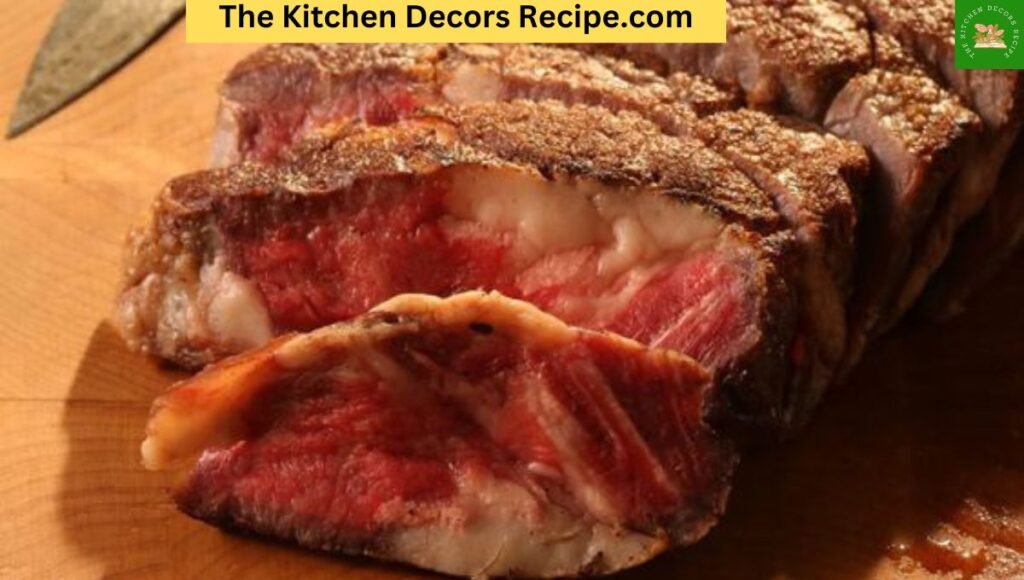
2. Steaks cooked straight from the refrigerator
It can be tempting to grab your steak straight from the fridge when you are cooking on a weeknight. However, some experts warn against it, stating that quality steaks will shine once they have been allowed to reach room temperature. Jamie Oliver says that cooking steak at fridge temperature will prevent it from cooking evenly. Thomas Godfrey is a chef and food operations director at The Meat & Wine Co. in Sydney. He told Steak School, that cooking a steak from room temperature will not only lead to a better final result but will also prevent the muscle fibers tensing, resulting in a tender texture.
This rule may be a legend to some, but it is not for others. Hank’s true BBQ, a barbecue expert, busted this myth in his YouTube video. He recommended the reverse sear technique, which is, according to J. Kenji Lopez Alt of Serious Eats (who also disapproves the idea of bringing steaks up to room temperature) involves cooking the steak at a low heat before finishing it on high heat on a “ripping hot” skillet or a hot grill.
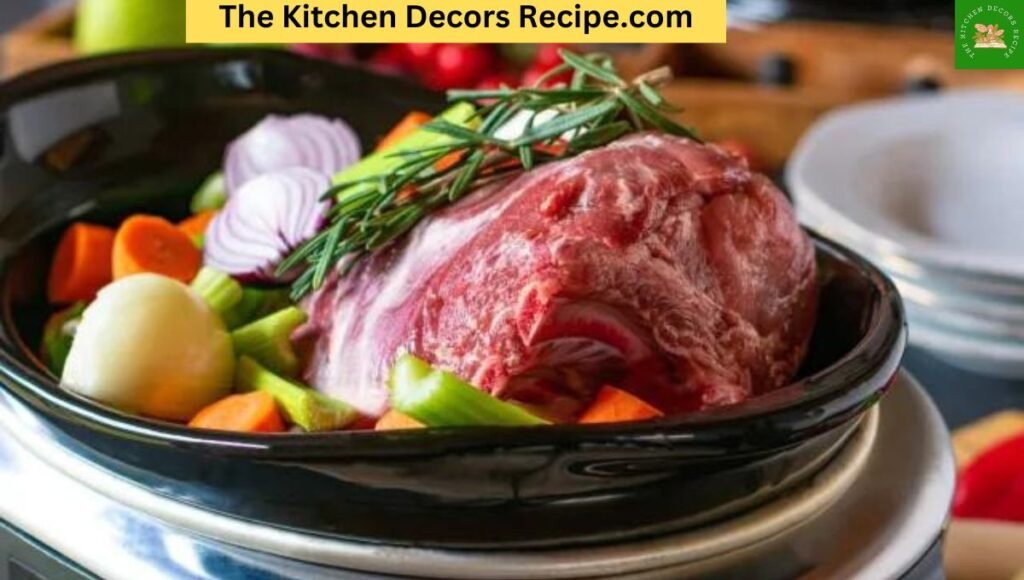
3. You should always pat dry your steak before cooking.
The best steakhouses offer the most delectable contrasts. The best steakhouses have a juicy, tender interior that contrasts beautifully with a crisp, charred outside. Moisture is your enemy if you want to achieve the same balance at home. Water is the enemy to the Maillard reaction, which makes a steak sear so tasty. If you have any moisture on the surface of the steak after removing it from the plastic or butcher’s paper, it will steam instead of sear. This results in a crust which is much grayer and less crispy than what you would like.
Cooking Light says that the quality of a steak depends on how dry it is when it’s placed in the pan. It may seem insignificant, but according the Cooking Light, blotting the outside with a paper towels is a crucial step to transform your steak from good to amazing.
4. Over-seasoning steak
A good steak will speak for itself. Too many flavors can drown out the beef. Lachlan, an Australian cattle farmer of fourth generation from New South Wales says, “There is nothing better than letting the natural flavors of the meat sing.” (via Steak School).
Graham suggests a simple seasoning consisting of olive and coarse salt. Black pepper is added after the steak comes out of the pan. It may sound bold, but LifeHacker experts also suggest that the two seemingly inseparable ingredients be separated. Salting the steak before cooking, and then peppering it afterward will keep the meat from becoming bland. It also prevents the pepper from burning and turning bitter in the hot pan. Nobody wants to eat a bitter steak.
According to The Spruce Eats however, adding pepper once the steak has been cooked can cause a different issue: the pepper may fall off. This problem can be avoided by passing around a pepper mill at the dinner table. However, it is also acceptable to season steaks with black pepper before cooking as long as there hasn’t been a burning flavor in the past.
If you want to make your steak taste better, don’t add anything other than salt and pepper.
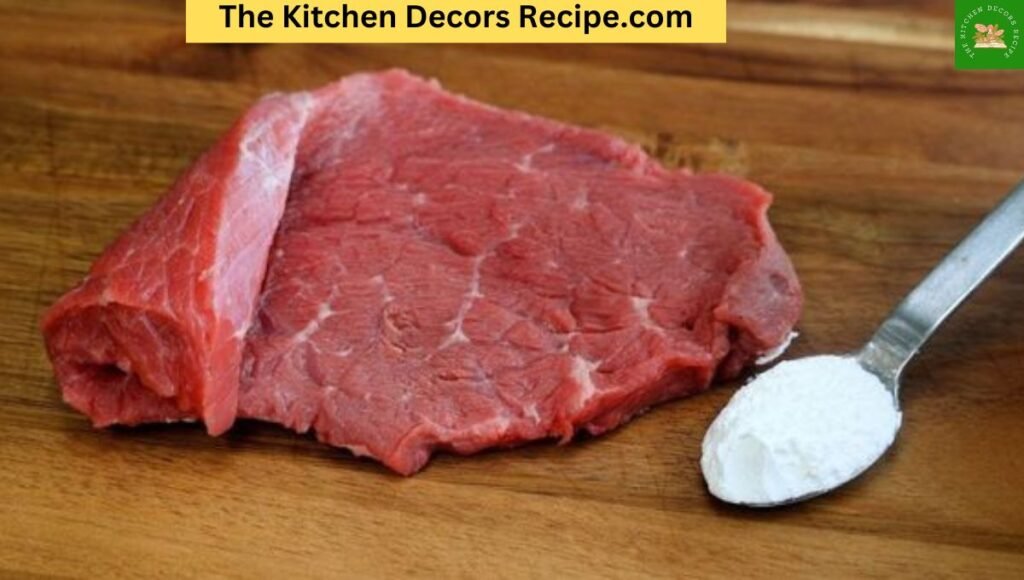
5. You can under-season your steak
Less is more when it comes to seasonings for your steak. When it comes to salt in particular, more is better! Bon Appetit cites salt as the primary reason restaurant steaks often outperform home-cooked ones: many home cooks are afraid to add the amount of salt necessary to make the steak sing.
Bon Appetit suggests a salty coating that looks like a skin-tight shirt on the steak. This is not scientific, but it does give a good impression of how much salt there could be. The recommendation is correct! The Spruce Eats says that the steak’s outside should be almost too salted to compensate for its inability to be seasoned inside.
If you want more than just this beautiful, but possibly opaque metaphor, Clover Meadows Beef experts recommend a dusting of 3/4 to 1 teaspoon per pound, evenly distributed on all sides, and best applied from above.
6. The wrong type of salt is used for seasoning
The steak seasoning puzzle begins with the amount of salt you use. Salt type is equally important, if you don’t more. Salt comes in a variety of forms, from flaky sea to kosher to table. Each salt type has its perfect application.
Bon Appetit says that a good steak begins with kosher sea salt because the coarser grains penetrate the outer layer of the steak when it is raw. Bon Appetit suggests a second seasoning of salt that is flakier, such as Maldon sea salt, after the first liberal seasoning and hot sear. This saltier variety is called a finishing seasoning and should only be used after the steak has been cooked.
You can also choose to add a different flavor to your steak if you wish. Pete Balistreri, Vice President and Chef of TenderGreens Stores, told Eat This, Not That, that a smoked or spiced salt will give your steak a special touch. Use salts infused in herbes de Provence or coffee to enhance the flavor of your steak.
7. The wrong time to season the steak
When you season your steak, is just as important as the amount you season. Chefs say you should season your steak just before it is placed in the pan. Salt pulls moisture from the inside, which makes the outer layer wet and increases the risk of it steaming rather than being seared. The Spruce Eats points out that seasoning a steak too long in advance can result in a drier overall steak. Thomas Godfrey is the chef and food operations director at The Meat & Wine Co. in Sydney. He told Steak School, specifically for smaller steaks, too much salting will cause it to cure and make it harder to achieve a nice outer crust.
Other experts, however, say you can take advantage of this oddity. According to Cooking Light’s advice, seasoning your steak at least a day before cooking allows the steak to not only release moisture, but also absorb it. This results in a dry exterior surface with a seasoned inside. Serious Eats’ deep dive on steak seasoning is a must-read!
8. The wrong fat to cook your steak
Experts say that butter adds flavor to the steak but is not the best fat to cook with. According to Serious Eats the butter’s smoke point is only 350 degrees Fahrenheit, which is not enough to achieve that perfect sear. You’ll still be at 450 degrees even if you use clarified butter or Ghee. Safflower oil has a smokepoint of up to 500 oF, which is ideal for searing.
Another option is beef fat, which will add to the beefiness in your steak (via ByTable Foods). It has a slightly higher smoke point, 420 degrees. This is a medium to high heat. You may need to adjust the flame slightly to compensate for this.
Serious Eats suggests adding butter to the meat after it has been seared, a few minutes before you remove them from the pan. You can add a buttery flavor without burning the beef. Enjoy the best of both worlds.
9. Too low heat when cooking steak
The choice of fat to cook a steak can be a source of controversy, in part because to get the perfect steak you have to cook it to a high temperature. Lachlan Graham, a cattle farmer from Australia, told Steak School the majority of restaurants cook their steaks at such high temperatures that it may be impossible to recreate this at home without setting your smoke alarm off. Full blast may make the flavor worth it, but you’ll have to sacrifice some noise.
He says, “Don’t fear adding heat to the steak.” You should hear the steak sizzle as it hits your pan.
The Spruce Eats concurs, noting the importance of getting your flame (or skillet) up to “the highest temperature you can generate.” The outlet says that this will help cook your steaks faster and give them a beautiful charred crust. Lower temperatures may result in a dry, grey interior and an exterior that is not very appetizing.
10. Overcooking steak
Is it possible to commit a more heinous crime than cooking a beautifully marbled steak until it becomes as tough, dry and gray as shoe-leather? We don’t think so. Jay Rayner argues in The Guardian that ordering a well-doned steak is more than just a misguided preference for food: it’s a culinary crime.
The longer the steak is cooked over high heat the more its collagen contracts. This squeezes out the juices, and leads to a tougher steak.
It’s not just about flavor when you overcook steak. According to the National Institutes of Health (NIH), overcooking or cooking meat at high temperatures can produce carcinogenic substances such as heterocyclic amino acids. To be on the safe side, medium-rare is best.
11. Checking the doneness of steak by cutting into it
It may be tempting to check the temperature of your steak by cutting into it. Serious Eats advises against it, but not for the reason you might think.
According to popular myth, piercing or cutting a steak is a foolish idea that can cause it to leak juices everywhere. You’d rather have those juices in your mouth instead of on your plate. Serious Eats tested this popular myth to see if it was true. They found that the steak did not lose moisture when pierced. Huzzah!
The accuracy of the steak is more important than its appearance when you cut into it to check if it’s cooked. The steak will appear much rarer in the pan than on the plate, because the temperature of the steak will continue to rise even after the pan is removed. Serious Eats recommends investing in a digital temperature gauge instead of cutting it open to check if it is done.
12. The steak should not be rested before serving.
It’s time for you to remove that charred steak. You may find it hard to resist the temptation to dive right in, but please do! Resting the steak after cooking will ensure that it is as tender and juicy.
Serious Eats explains that as a steak is resting, the muscles relax, which allows them to retain more liquid. Tests conducted by the outlet revealed that a five-minute resting time for a steak makes a huge difference to its juiciness when compared with a steak eaten immediately after it is removed from the pan. Wait ten minutes for the best results.
You will need to adjust the cooking time for this resting period. According to Certified Angus Beef the temperature of the steak will rise by about 5 degrees while it is resting. This is why you should pull it out when it’s just a little underdone.
13. Pan drippings are not being used.
You can add more flavor to your steak while it rests. Use the delicious pan drippings to make the perfect sauce instead of cleaning the pan. You can use liquid to deglaze the pan and bring all that caramelized fond up to create a delicious sauce for your perfectly cooked and seasoned steak.
Serious Eats says that pan sauces can be simple or complex. Pour off excess fat and add water or beef stock to the pan for a quick fix. Reduce the liquid on medium heat. Add a knob butter and voilà, pan sauce.
You can also use a combination of liquids. Start with wine (perfect for deglazing) or cognac (best flambeed to cook off the excess alcohol), and finish with cream. This will make your sauce luscious, rich, and impossible to resist. You can also combine liquids. Start with wine, perfect for deglazing, or cognac, best flambeed in order to cook off excess alcohol, then finish with cream. This will create a sauce that is rich and luscious.
Use expensive cuts
Slow cooker meals don’t require you to buy the best cuts of meat. Slow cookers are able to make the most expensive and toughest meats soft and juicy because they cook them slowly. Grab a cheap cut of meat and let it simmer all day. No one will know that you used bargain meat because the dish will be so tender and flavorful.
Not searing meat first
Now is the time to be truthful. Do you sear the meat in your slow cooker before placing it there? It would seem reasonable to skip this step — the meat will cook through in the slow-cooker, right? Well, technically, yes. It’s not necessary to do it. You will still get a cooked meal. Even so, skipping this step will change the taste of your dish and it may not be for the better.
Kitchn says that searing meat before slow-cooking it caramelizes its outside, giving each piece of beef a richer flavor and texture. You won’t realize what you are missing if you have never sear your meat before slow-cooking it. Once you’ve done it, you won’t skip this step again.
Cooking chicken skin
The skin of chicken cooked in the oven or on a pan is usually crispy and beautiful. If you cook in a slow-cooker, the outside will probably be rubbery and soft. This is not very appetizing. Use skinless chicken to cook in your slow cooker and serve straight away.
You can transfer the meat cooked in the slow cooker into a broiler dish and broil it for a few minutes under the oven’s broiler. The skin will turn golden brown and crisp.
